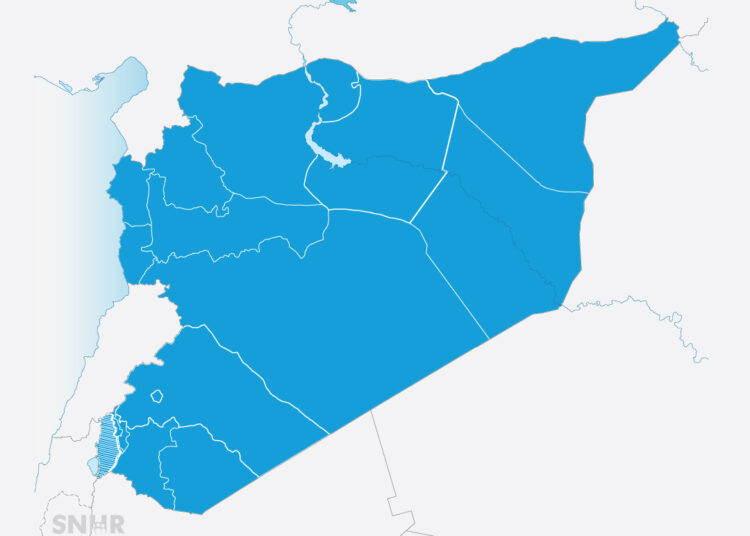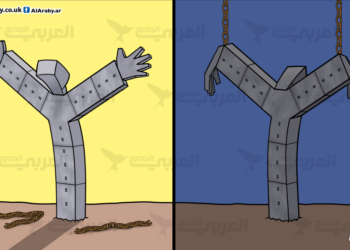The principle of self-determination is one of the most complex and controversial principles of public international law. It generates a structural tension with the equally important principles of state sovereignty and territorial integrity. This duality represents a central paradox in international law: while it requires recognition of the rights of peoples to choose their political status, the international community is simultaneously obligated to preserve the stability of borders and prevent the disintegration of states. Since Woodrow Wilson’s political thesis was transformed into a legal right enshrined in the UN Charter and subsequent instruments, the process has been governed by a delicate balance between the legitimate aspirations of peoples and the requirements of international stability. This inherent tension has led to a normative construction of a hierarchical nature: although self-determination is recognized as a fundamental right, its practical application has been subject—through multiple legal mechanisms and interpretative approaches—to the primacy typically accorded to territorial integrity over secessionist claims.
The Legal Framework and the Development of the Right to Self-Determination
The theoretical roots of self-determination go back to US President Woodrow Wilson’s formulation of this principle, an extension of an idea contained in the US Declaration of Independence, which states that governments derive their just authority from the consent of the governed. Wilson argued that no state should impose its political system on another state or people, establishing a conceptual basis that gradually became a recognized principle of international law. This principle gained formal legal recognition through its inclusion in the United Nations Charter. Article 1(2) stipulates the development of friendly relations among states based on respect for the principle of equal rights and self-determination of peoples as one of the purposes of the United Nations. However, this formulation was characterized by a degree of deliberate ambiguity, reflecting the balance of colonial powers and emerging states. It appeared as a conditional right that only enabled self-government to the extent permitted by the colonial structures of the time.
The legal status of self-determination was clearly crystallized with the 1966 International Covenants on Civil and Political Rights and on Economic, Social and Cultural Rights, which reiterated in identical language that all peoples have the right to self-determination, enabling them freely to determine their political status and freely pursue their economic, social, and cultural development. This formulation transcended the conditional nature of the Charter, establishing self-determination as a universal right, although its practical application remains constrained by competing legal principles. The 1970 Declaration on Principles of International Law on Friendly Relations further refined the concept by affirming that the exercise of self-determination must not infringe upon the territorial integrity and political independence of sovereign states, thus perpetuating the crucial tension that continues to guide the international legal approach to self-determination claims.
International law has developed distinct forms of self-determination to accommodate varying political contexts and aspirations. External self-determination, leading to the establishment of an independent state, is both the most dramatic and the most restrictive. Internal self-determination, with its democratic governance and autonomy within existing states, has emerged as the preferred implementation mechanism, providing a way for groups to realize their aspirations without compromising recognized borders. Additional categories, including indigenous self-determination and economic self-determination, have also evolved to address specific situations and claims, but they all operate within the significant constraints imposed by the principle of territorial integrity.
The interplay between self-determination and state sovereignty creates what legal scholars consider one of the most complex contradictions in international law. Article 2(4) of the UN Charter prohibits the threat or use of force against the territorial integrity or political independence of any state, thus placing an apparent limit on secessionist claims invoked by self-determination. The 1970 Declaration on Friendly Relations sought to manage this tension by stating that self-determination may not be interpreted as authorizing or encouraging any action that would undermine the unity or independence of sovereign states, with exceptions limited to cases of colonial domination, foreign occupation, or racist regimes. Thus, a hierarchical relationship has been established between the two principles, with territorial integrity prevailing, as a general rule, when it conflicts with secessionist claims.
Criteria for Recognition and Systematic Rejection of Self-Determination Claims
The legal criteria governing the assessment of self-determination claims remain contested and inconsistently applied in international law, reflecting the political nature of recognition decisions and the international community’s preference for preserving existing state structures. International norms have established a distinction between internal and external self-determination. The former, with its inherent autonomy and democratic arrangements within a state, is more widely accepted, while the latter, leading to independence or secession, is subject to strict limitations. In colonial contexts, an unconditional right to external self-determination was recognized, as enshrined in the 1960 Declaration on the Granting of Independence and subsequent UN resolutions. Outside the colonial context, international law recognizes only very limited circumstances for external self-determination, with the concept of remedial secession emerging in the literature as a potential justification when a group is subjected to severe oppression and all other remedies have been exhausted. However, this concept lacks a clear legal basis and consistent application.
The principle of “existing possession” (uti possidetis juris), which maintains the administrative borders inherited at independence, embodies international law’s attempt to reconcile conflicting principles while preventing territorial fragmentation. This principle was widely applied in Latin America and Africa, and during the dissolution of the Soviet Union, the Socialist Federal Republic of Yugoslavia, and Czechoslovakia, restricting the paths of secession by fixing existing borders. Despite its controversial application, particularly since administrative borders were not initially designed as international borders, its application was particularly controversial, given that administrative borders were not initially designed as international borders. The Badinter Commission’s decisions during the dissolution of Yugoslavia, which sought to establish a legal framework for orderly disintegration, contributed to an unintentionally fragmenting interpretation of reality by endorsing cultural nationalities within fixed borders and political self-determination based on existing internal borders. This reveals the complex, and sometimes contradictory, nature of international legal approaches to self-determination.
The systematic rejection of self-determination claims reflects a confluence of legal and political considerations that prioritize state stability over aspirations for independence. The principle of territorial integrity creates a strong presumption against recognition of secession and effectively limits the right to secession to special cases such as decolonization, resistance to occupation, and racist regimes, excluding most contemporary movements. Geopolitical calculations often override legal arguments in recognition decisions, determining patterns of recognition more than the consistent application of standards. National constitutions also establish internal constraints on secession claims, many of which explicitly prohibit secession—legal barriers that international law tends to respect.
The absence of precise international standards exacerbates this stumbling block, particularly in defining the “peoples” entitled to exercise self-determination. This ambiguity allows states and international organizations to reject claims by questioning whether the groups claiming the status of “people” under relevant instruments. Economic and security concerns influence rejection decisions; states fear setting precedents that could encourage parallel separatist movements. The international community’s focus on maintaining stable borders reflects concerns about regional erosion and its potential cascading effects. These practical considerations often prevail over the legal or humanitarian arguments supporting self-determination claims.
Although the theory of “remedial secession” offers a potential framework for justifying external self-determination outside the colonial context, it remains largely a theory unaccompanied by consistent governmental practice or clear judicial sanction. The literature identifies cumulative criteria, including the existence of a distinct people capable of self-determination, their exposure to systematic oppression or serious abuses by the mother state, the impossibility of meaningful internal self-determination, and secession as a last resort. However, these criteria remain contested and politically influenced, as recognition in practice depends more on geopolitical considerations than on consistent application of rules. The Supreme Court of Canada’s Quebec secession authority established important principles affirming that severe oppression may justify secession in extreme circumstances and that any secession must respect constitutional frameworks and be negotiated in good faith with the central authority. However, the international impact of these principles remains limited.
Conclusion
An analysis of the relationship between the right to self-determination and state sovereignty in international law reveals a complex normative structure that recognizes self-determination as a fundamental right, but subjects its exercise to strict constraints that prioritize territorial integrity and state sovereignty. The transition from Wilson’s political proposition to its current legal enshrinement demonstrates how international law has sought to reconcile conflicting values and interests through a hierarchical framework that primarily allows the exercise of self-determination in contexts of colonialism and decolonization, while significantly restricting it outside of them. This tension reflects the challenge of balancing stability and justice: the presumption of territorial integrity plays a vital role in maintaining international peace, but it also frustrates the legitimate aspirations of groups seeking greater autonomy or independence.
The international legal system’s approach demonstrates a clear preference for internal solutions—through participatory democracy, self-governance arrangements, and the protection of minority rights—over external self-determination, consistent with its state-centric nature and the priority given to preventing territorial fragmentation. Restrictive recognition criteria, the political nature of recognition decisions, and the absence of clear legal controls also result in the rarity of successes in self-determination claims, often relying on exceptional circumstances or the alignment of interests of influential powers.






